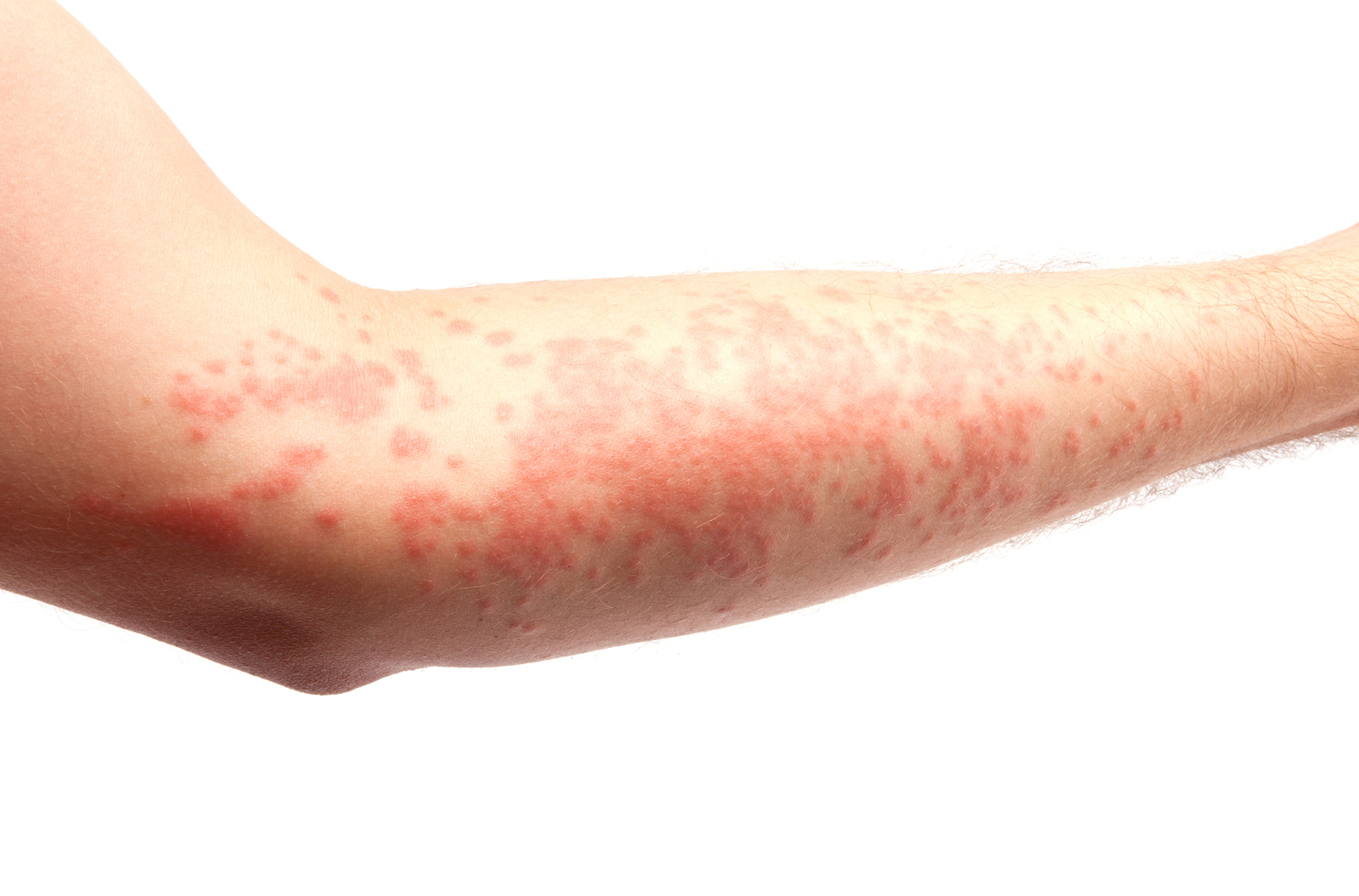What are the symptoms of a nickel allergy?
Nickel allergy is a common form of contact dermatitis that can occur when the skin comes into contact with nickel-containing items. The symptoms typically manifest as:
- Itching: An initial and often intense itchiness in the affected area.
- Redness: The skin may become red and inflamed.
- Rash: A rash can develop, which may include small bumps, blisters, or scaly patches. This often resembles eczema.
- Swelling: The affected area may swell, becoming tender and sensitive.
- Dryness and Cracking: The skin may become dry and flaky, and in some cases, it can crack.
Symptoms usually appear 12 to 48 hours after exposure and can occur in areas where the skin has come into direct contact with nickel, such as on the ears (from earrings), wrists (from bracelets or watches), and neck (from necklaces).
If you suspect you have a nickel allergy or are experiencing these symptoms, it’s best to consult a healthcare professional for proper diagnosis and advice on management and avoidance strategies.
What are the causes of a nickel allergy?
A nickel allergy is primarily caused by the immune system’s overreaction to nickel, a common metal found in various everyday items. The causes include:
- Direct Skin Contact: The most common cause is direct contact with nickel-containing materials. This can happen through:
- Jewelry (especially earrings, necklaces, and watches)
- Belt buckles
- Eyeglass frames
- Fasteners and zippers
- Certain clothing, such as jeans with nickel rivets
- Occupational Exposure: Some professions involve exposure to nickel, such as those in metalworking, manufacturing, and jewelry making, increasing the risk of developing an allergy.
- Environmental Exposure: Nickel is also found in some foods, drinking water, and even in certain cosmetics or personal care products. While ingestion normally does not cause allergic reactions, high levels of nickel exposure in these contexts can contribute to sensitization.
- Genetic Predisposition: Some individuals may be more genetically susceptible to developing allergies, including a nickel allergy.
- Cumulative Exposure: Repeated exposure to nickel over time can lead to sensitization and ultimately trigger an allergic reaction, even from items that previously did not cause any issues.
It’s important to note that once someone develops a nickel allergy, they will likely need to avoid nickel-containing items to prevent triggering a reaction, even if the initial exposure seems minor. If you suspect you have a nickel allergy, it’s advisable to speak with a healthcare provider for testing and management options.
How is the diagnosis of nickel allergy made?
The diagnosis of nickel allergy is typically made through a combination of medical history, physical examination, and specific allergy testing. The steps involved in diagnosing nickel allergy often include:
- Medical History: The healthcare provider will ask about your symptoms, including when they started, what items you believe might be causing the reaction, and whether you have experienced similar reactions previously. They may also inquire about other allergies or skin conditions.
- Physical Examination: A doctor will examine your skin, looking for signs of dermatitis or eczema in areas that have had contact with nickel or nickel-containing items.
- Patch Testing: This is the most common method used to diagnose a nickel allergy. In patch testing:
- Small amounts of nickel are applied to patches that are then placed on your skin (usually on your back).
- These patches are left in place for about 48 hours.
- After removing the patches, the healthcare provider will check for any allergic reaction, which may present as redness, itching, or a rash at the site of the patch.
- Follow-Up: After the initial reading, a follow-up evaluation may be conducted two to three days later to check for delayed reactions, as some responses can take additional time to develop.
If a nickel allergy is confirmed through patch testing, it is important to discuss strategies for managing the allergy and avoiding nickel exposure with your healthcare provider.
What is the treatment for a nickel allergy?
The treatment for a nickel allergy focuses on symptom relief and prevention of future reactions. Key approaches include:
1. Avoiding Nickel Exposure:
- Jewelry and Accessories: Choose nickel-free or hypoallergenic materials like stainless steel, titanium, or plastic.
- Clothing and Objects: Avoid nickel-containing belt buckles, watchbands, and metal buttons. Use plastic or coated alternatives.
2. Topical Corticosteroids:
- Apply corticosteroid creams or ointments (e.g., hydrocortisone) to reduce inflammation, redness, and itching. In more severe cases, stronger prescription corticosteroids may be required.
3. Antihistamines:
- Over-the-counter antihistamines (like diphenhydramine or loratadine) can help reduce itching and discomfort from allergic reactions.
4. Moisturizers:
- Using emollients or thick moisturizers regularly helps repair the skin’s barrier and prevent irritation.
5. Barrier Creams:
- Barrier creams or lotions containing dimethicone or other protective ingredients can be applied to prevent direct skin contact with nickel.
6. Oral Corticosteroids:
- For more severe reactions, a short course of oral corticosteroids may be prescribed, but this is generally for temporary use due to potential side effects.
7. Nickel Chelation Therapy:
- Some doctors may recommend chelation treatments, which involve using medications that bind to nickel in the body to help remove it.
If the allergy is severe or ongoing, it’s important to consult a healthcare provider to discuss potential long-term management strategies.

Leave a Reply
You must be logged in to post a comment.